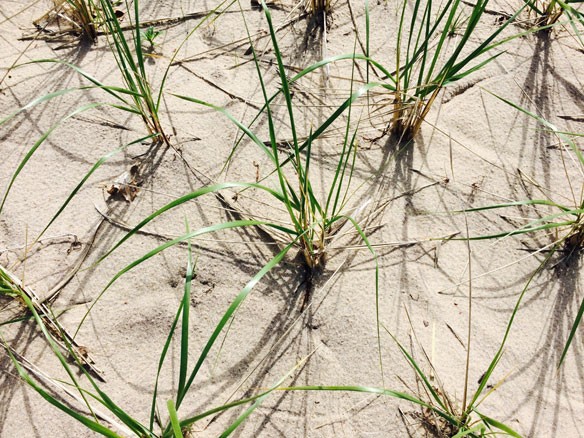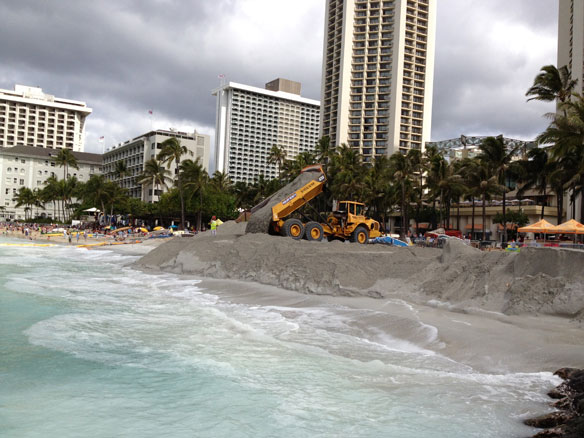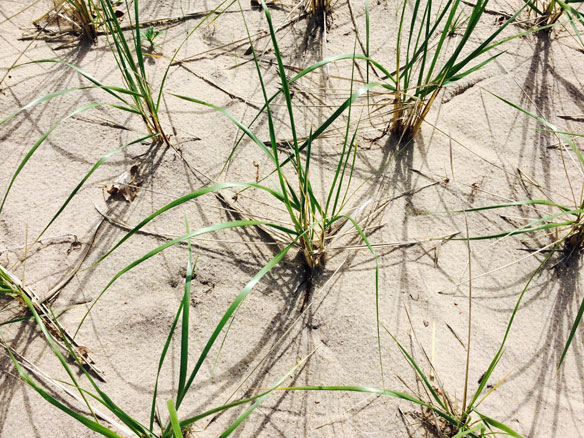
Coastal restoration, New York. Photograph: © SAF — Coastal Care
Excerpts;
More than 16,000 cubic metres of sand is being moved along beaches at Apollo Bay to protect the Great Ocean Road from coastal erosion…
The sand works will add an extra three metres of dunes along a 500-metre stretch of the coast…
Read Full Article; ABC News Australia (05-21-2017)
“Living Shorelines” Will Get Fast Track to Combat Sea Level Rise, Scientific American (07-06-2016)
As sea levels rise along U.S. coasts, it may soon get easier for people and local governments to obtain federal permits to build what are known as “living shorelines,” natural or nature-based structures designed to protect communities and infrastructure from extreme storms and flooding even as they protect habitat…
Living shorelines a more natural approach to preventing coastal erosion, WNCT (05-18-2016)
For centuries, large bulkheads have been used to help control erosion along coastlines. More recent research suggests that a natural approach may be a better alternative. Having nature on your side, especially during a storm or hurricane, is proven to provide better protection from coastal erosion…
Living Shorelines: Better Than Bulkheads, Coastal Review Online (02-08-2016)
More than 14,000 miles – 14 percent of continental U.S. coastline — has been armored with hardened structures. Hardened structures cause elevated rates of erosion on the shoreward side of the structure…
Rethinking Living Shorelines, By Orrin H. Pilkey, Rob Young, Norma Longo, and Andy Coburn;Program for the Study of Developed Shorelines / Western Carolina University, March 1, 2012, Nicholas School of the Environment, Duke University
In response to the detrimental environmental impacts caused by traditional erosion control structures, environmental groups, state and federal resource management agencies, now advocate an approach known as “Living Shorelines”that embraces the use of natural habitat elements such as indigenous vegetation, to stabilize and protect eroding shorelines.
NOAA Study Finds Marshes, Reefs, Beaches Can Enhance Coastal Resilience, NOAA (04-29-2015)
Coastal erosion needs our attention, South Coast Today (01-04-2016)
NOAA study finds ‘living shorelines’ can lessen climate change’s effects, NOAA (12-22-2015)

Waikiki beach-renourishement, 2012. Photograph: © SAF — Coastal Care.
“Hawaii’s famed Waikiki Beach started to erode again, less than a year after the completion of a $2.2 million project to replenish the sand on about 1,730 feet of shoreline that had been suffering from chronic erosion.”Captions.
“Development is absolutely responsible for the majority of the beach nourishment,” Andrew Coburn, assistant director of The Program for the Study of Developed Shorelines at Western Carolina University, said. “Well over 99 percent of the shorelines that are nourished are developed so there is some economic value placed behind them.”









